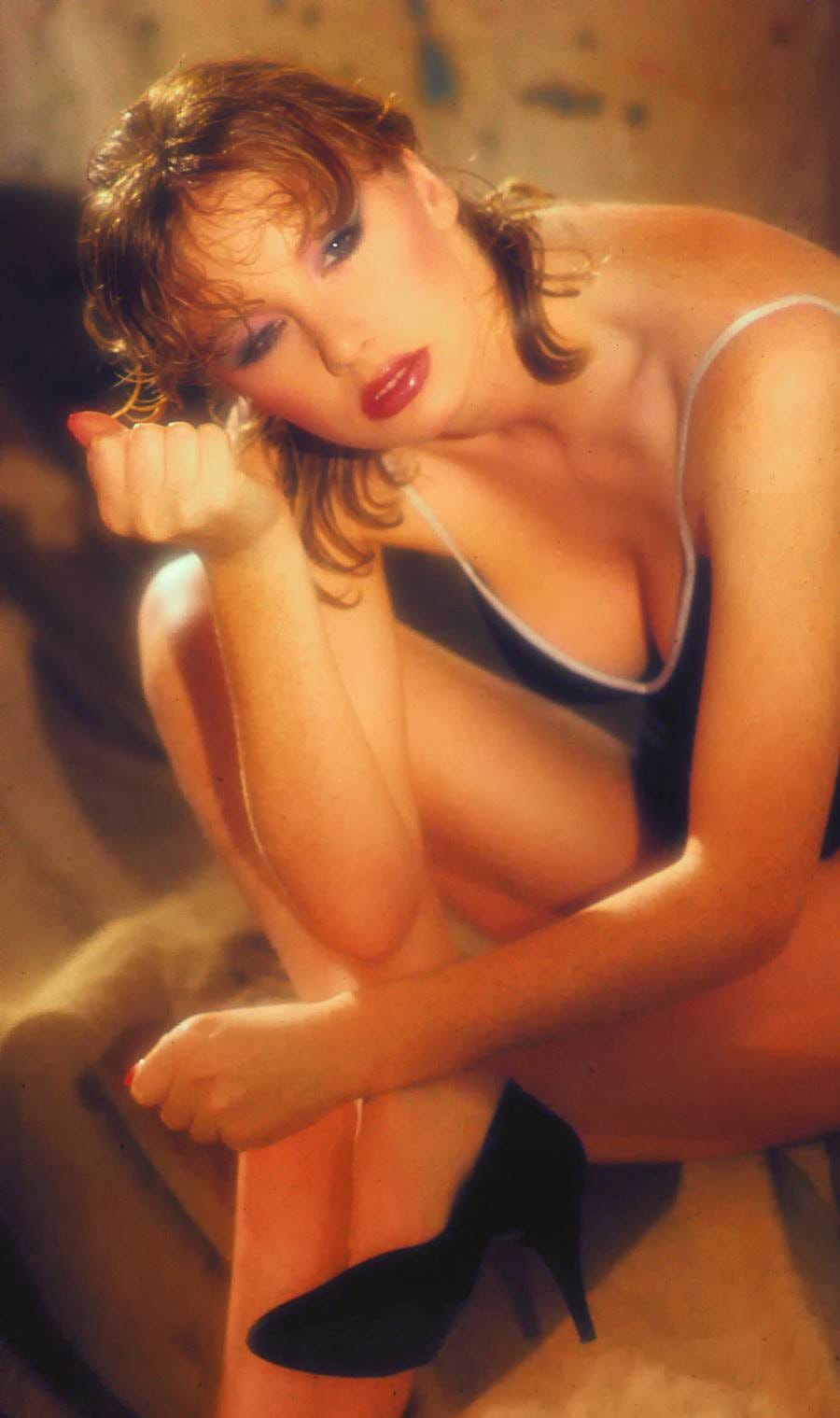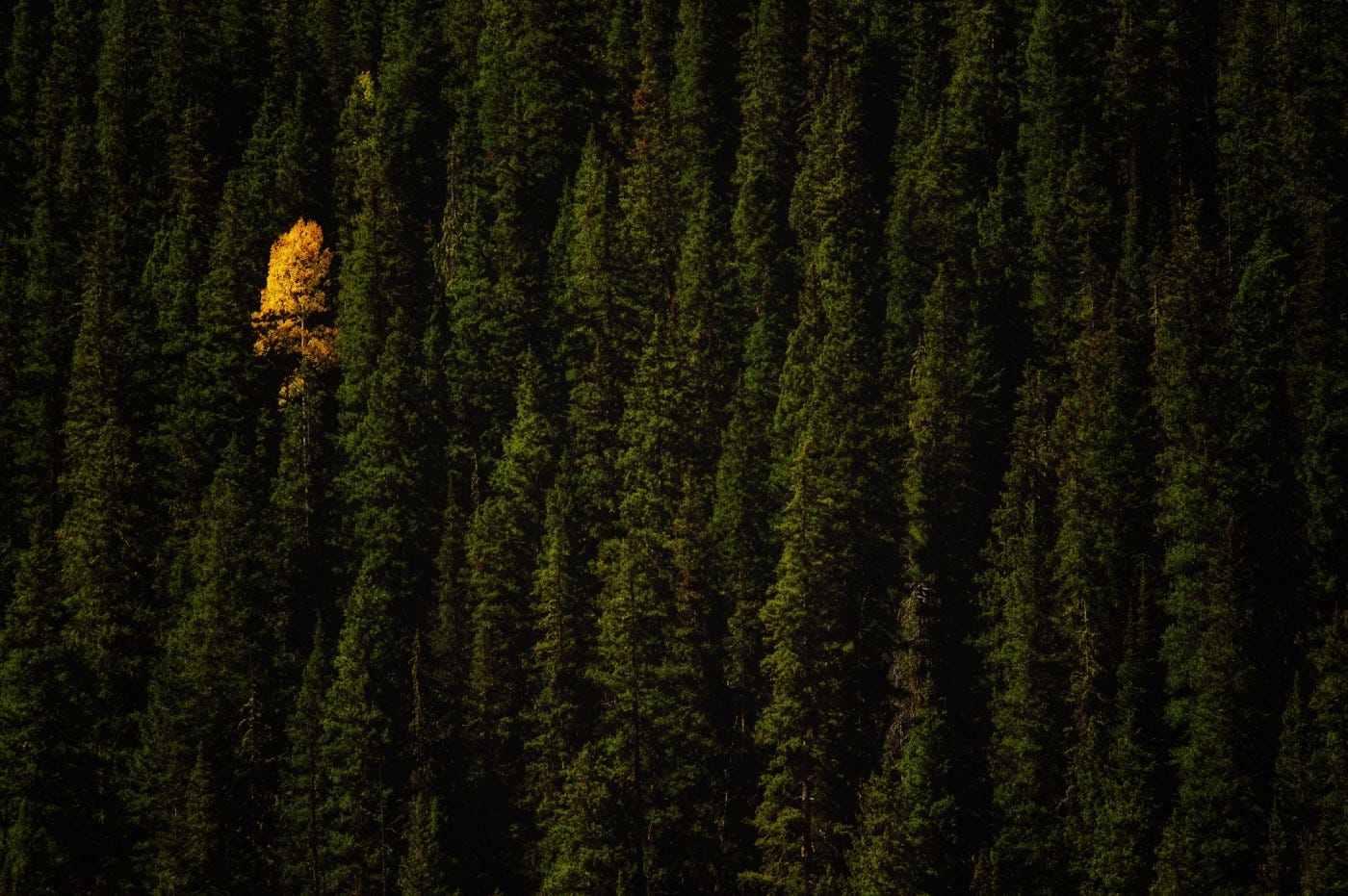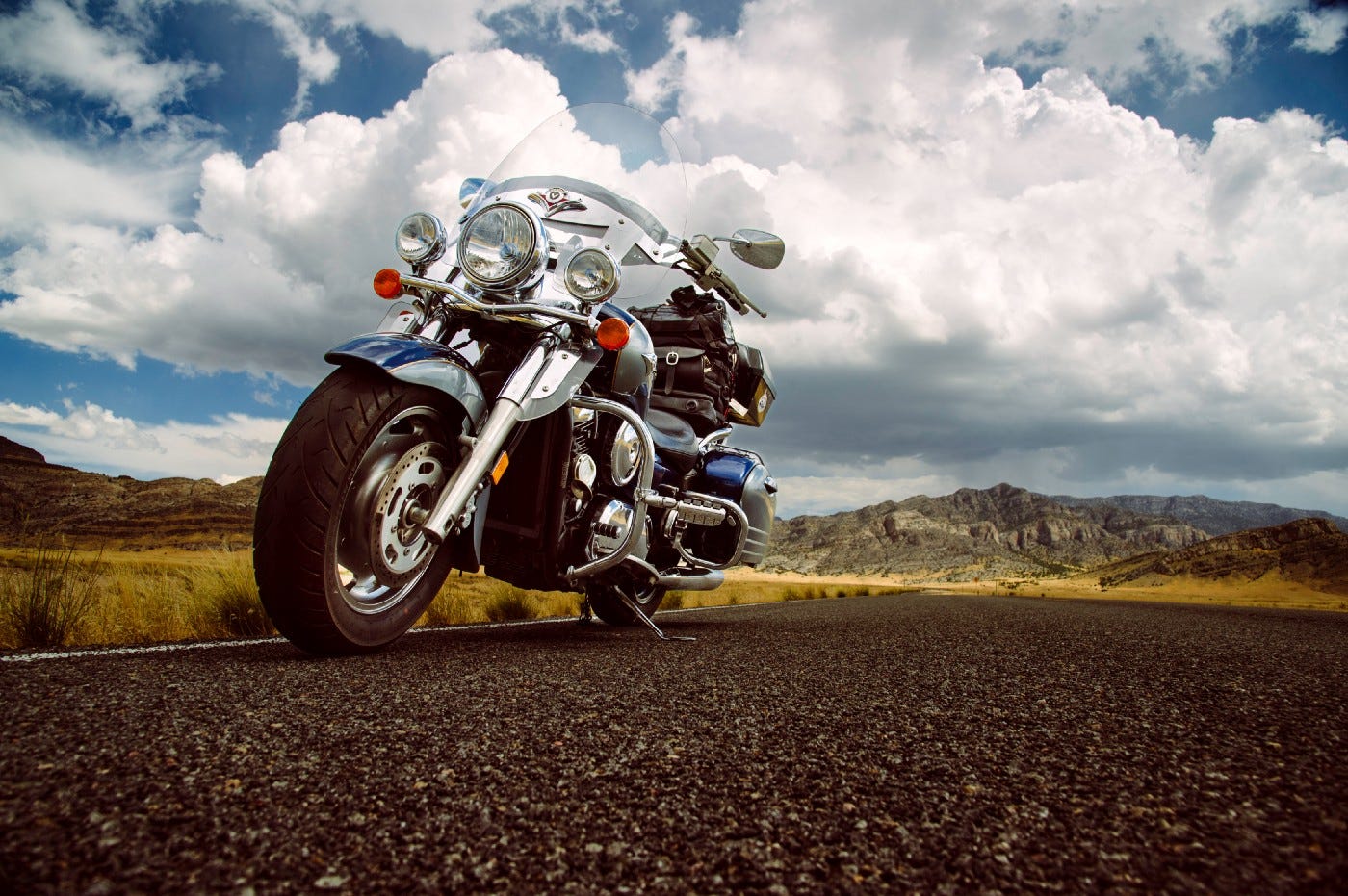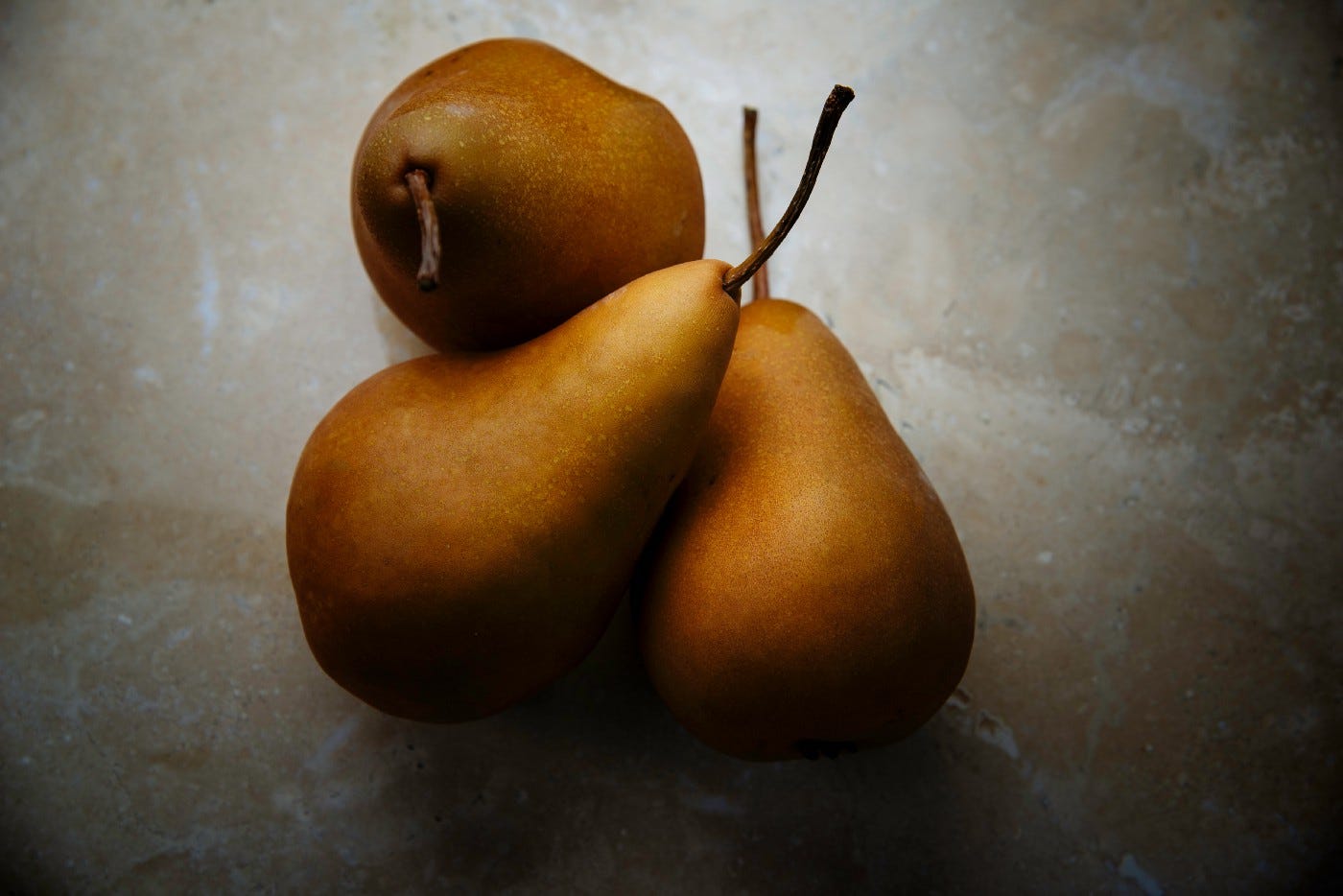Being Deliberate and Intentional with Your Photography
It may be the most important approach you can use.
It may be the most important approach you can use.
I am forever telling my students, “show me something I haven’t seen before, or show me something I have seen before in a new and different way.”
And no, it is not easy. Not at all easy.
You may find something I haven’t seen before, but it can also be boring AF and nobody cares. Or you could show me something I have seen before — in a new and different way — and it still sucks. There is no guarantee that it is going to be something interesting.
But it is in that deliberate intention, and the attempt to apply it, that begins to create and show growth in our work.
I remember watching a photographer carefully pick up his huge 8x10 camera and move it 8 inches to the left. And then do it again. He would disappear under the dark cloth and raise the camera in inch or two, then change the lens tilt a bit… He really worked on that composition.
Was it that important, those 8 inches, that slight change in height?
To most, no. The original composition would have been acceptable. But to this artist, it was not. He was looking for something deliberate, intentional, and those intentions were important to his image.
And that matters.
Most photographs are taken by a human being who averages 5’ to 6’ tall. Now imagine how many photographs are taken from a vantage point of 4’8” and 5’8” off of the ground.
That’s a lot of images from the relatively same vantage point.
And of course, there are many situations where that vantage point is perhaps the best; portraiture being one of the most obvious. We look at the subject from the same vantage point they look at us.
But there are many more subjects that can be looked at from a different vantage point and make the image more striking, more impactful, more elegant, and possibly more interesting.
Get lower. Get higher. Find a unique vantage point. Perhaps a surprising lens choice or something in front of the camera to frame the subject?

I once saw a delightful set of images taken of the Arch in St.Louis. That arch has been photographed a billion times, I’m sure.
But every one of these photographs was of the arch reflected. The arch reflected off of a window, a car hood, someone’s glasses, and a chrome bike stand. Thirty-five images of something I had seen and photographed so many times but in a way that felt as though I was seeing it for the first time.
Deliberate attention to the subject by the photographer created something unique. Something that drew the viewer in.
Edward Weston found the beautiful, undulating sands of Oceano to be his subject matter. The extreme depth of field, the light and shadow play of the clouds over the desert sands became sublime prints in silver.
View one of his magnificent images here.
Jeanloupe Sieff explored the use of wide angles on people with a deliberate intention to make images that pulled the viewer in.
Here is a link to a video I did on the reasons why Jeanloupe Sieff was an important photographer.
The photographer Stephen Shore works with large format cameras. His work has been criticized by some as looking haphazard, and without structure. But a closer examination finds the work to be impeccably composed, and deliberate in every nuance from camera angle to color.
Here are a few questions I tell my students to ask themselves when the viewfinder is up to the eye.
Is this the picture you want to take?
Or is it the photograph that happened to be there in your lens?
Does it say what you want it to say?
Or does it say nothing at all because there is no help or deliberate intention from you, the photographer?
And most importantly, is the photograph currently in your lens something that anybody, and I mean ANYBODY could take at this moment?
Because if it is, then anybody could have taken it and that means there is nothing at all to be gained. Do something… quickly!

(OK, before we go on, I know what you are thinking. C’mon, man… not every shot I take has to be so damned deliberate. What if I just want to shoot that sunset?
Shoot it… for heaven’s sake. It is fine to make those kinds of photographs. We all make them and we will continue to make them.)
But there are times when we have to move beyond the mere snapping of what happens to be in front of us.
A deliberate approach to making photographs, even the intention of making a deliberate photograph will hone your skills faster than any workshop or book on photography ever could.
Examine your frame. Every corner, every angle.
Ask yourself the above questions. Quickly.
Sketch with your camera. I put mine on auto something and then just move around the subject quickly snapping garbage photos in order to find that place, that POV that seems to be more interesting to me. (One of the perks of digital is that I do not have to spend vast amounts of money for Polaroid.)

And then I explore that angle until I have covered every option, or until I know — KNOW — I have the shot.
The deliberate approach means I get a higher “keeper” rate, and the images I do make lead me to find more ways to explore with my cameras.
Try it and let me know how you think it helped your work. Also, let me know if you think I am wrong. I will most likely not respond because I am not wrong. :-)
__________________
I am a photographer, designer, and photo editor. You can find me at my self-named website or at Project 52 Pro System (enrollment begins January 6, 2023) where I teach commercial photography online. This is our tenth year of teaching, and it is the most unique online class you will find anywhere.
Check out my newsletter and community at Substack. We are new, but growing.
You can find my books on Amazon, and I have taught two classes at CREATIVELIVE.




